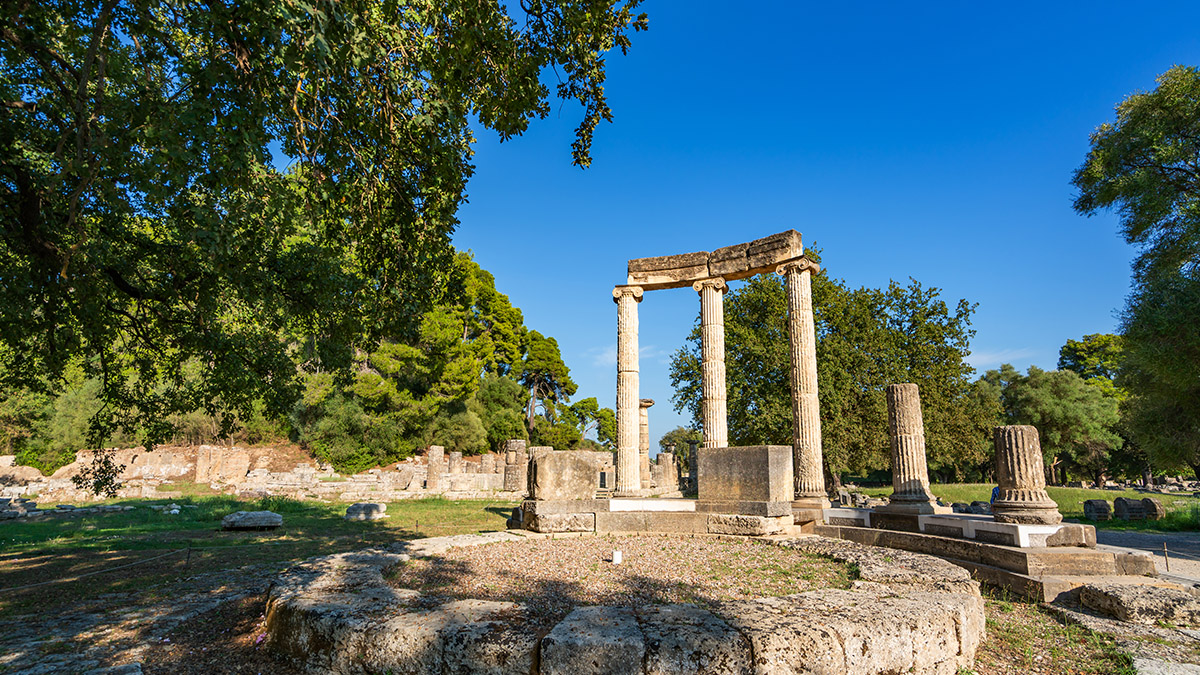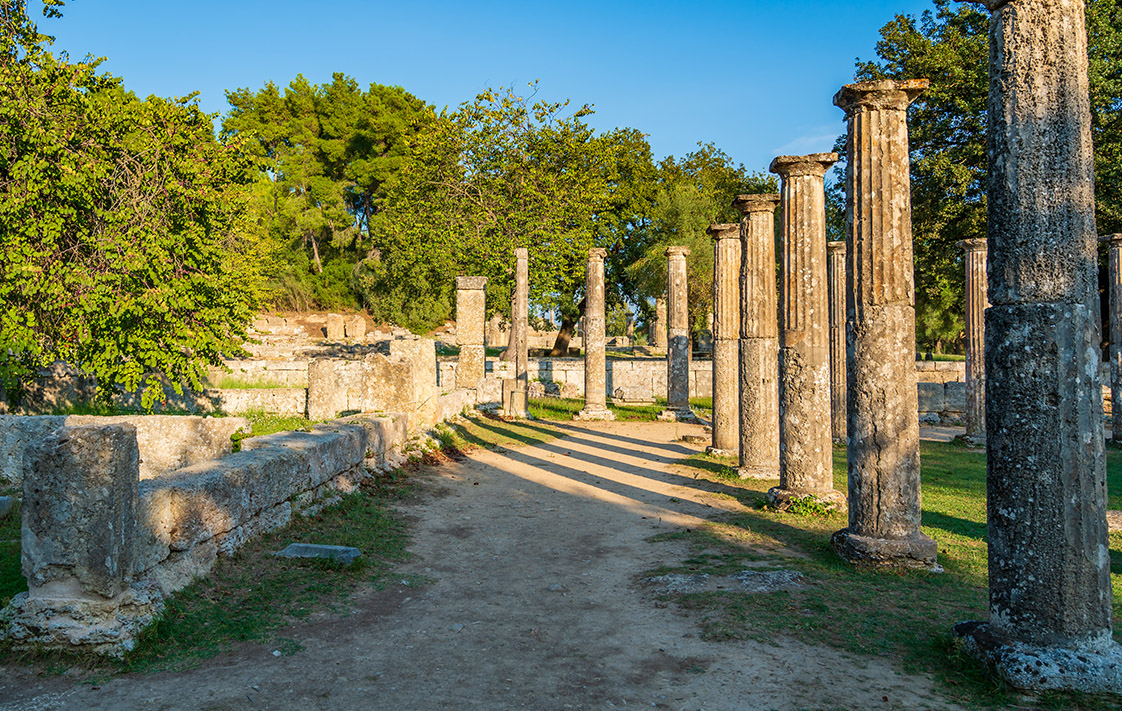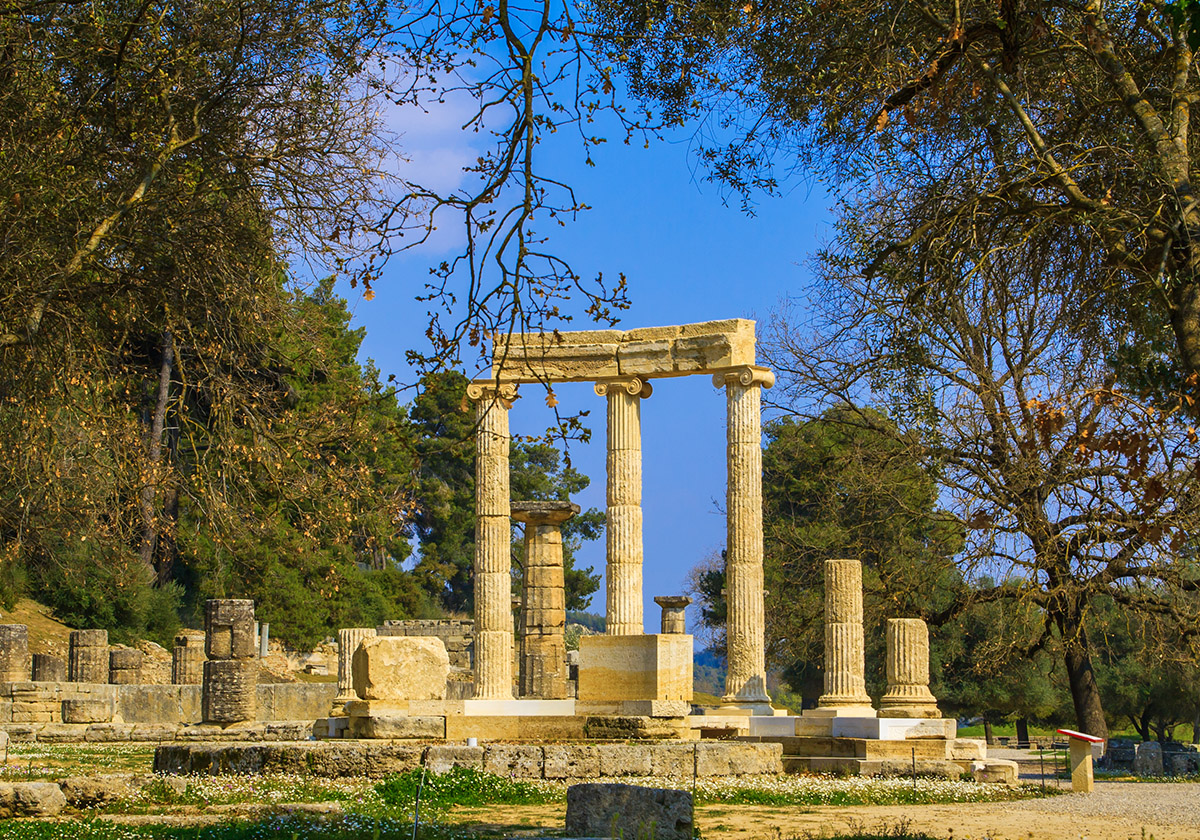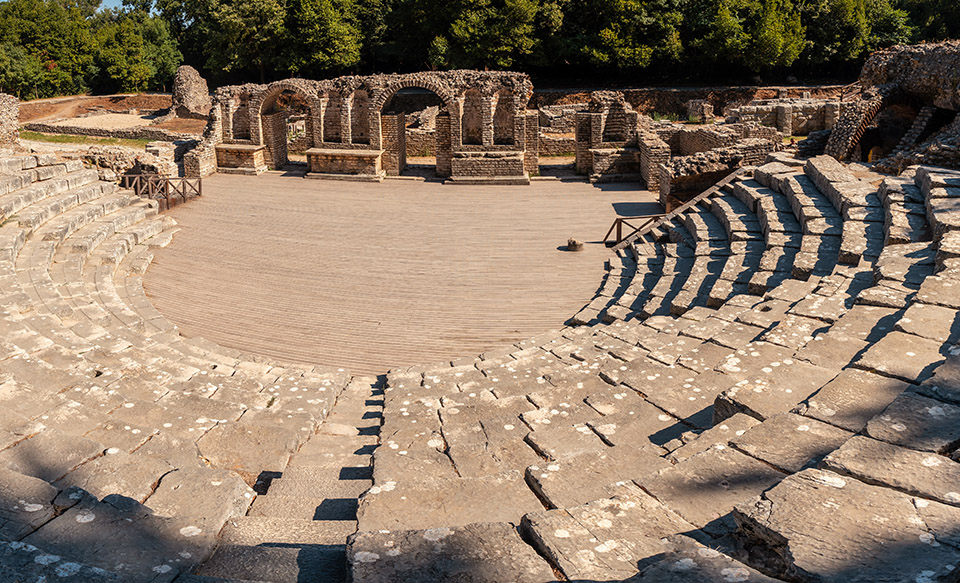
The Origins of the Olympic Spirit
Ancient Olympia serves as the historical ground where the Olympic Games first ignited the flame of competition and unity over 2,700 years ago. Originating in 776 BC as a festival to honor Zeus, these games quickly became the most esteemed athletic competition in the ancient Greek world, drawing participants from its farthest reaches. This sacred site hosted the games every four years, a tradition symbolizing peace, excellence, and respect across city-states. The remains of training facilities, such as the Gymnasium and the Palaestra, where athletes trained before competing, are still visible, providing a tangible connection to the ancient athletes who once walked these grounds.

Sanctuaries and Temples: The Religious Aspect
The spiritual significance of Olympia is epitomized by the majestic Temple of Zeus, which housed one of the Seven Wonders of the Ancient World—the statue of Zeus, crafted by Phidias. Although the statue no longer exists, the temple's ruins evoke a sense of awe reflective of its historical importance. Nearby, the Temple of Hera still holds the ancient altar where the Olympic flame is lit every four years for the modern Games. These structures highlight Olympia's role not just as an athletic venue but as a religious center where numerous shrines and altars were dedicated to various deities, underscoring the deep connection between the physical and spiritual exercises of ancient Greeks.

Archaeological Riches and Educational Insight
Visitors to Ancient Olympia can explore an extensive range of artifacts and structures that provide insight into the daily life and the grand festivals of ancient times. The Archaeological Museum of Olympia, one of the most important of its kind in Greece, houses exquisite collections, including detailed pediments from the Temple of Zeus and Hermes of Praxiteles, an iconic statue representing divine beauty. Additionally, the site includes the Stadium, where thousands of spectators once gathered to watch the athletic competitions, and the Bouleuterion, which hosted council meetings for the administrators of the games. These archaeological treasures not only display the grandeur of ancient Olympia but also educate visitors on the cultural and historical contexts of the games and their lasting legacy on global sportsmanship and unity.

Echoes of Ancient Competitors
Ancient Olympia was more than a sports ground; it was a crucible where athletes from disparate city-states gathered to demonstrate their physical prowess and vie for glory under the watchful eyes of deities and mortals alike. The main stadium, capable of accommodating up to 45,000 spectators, remains a central feature of the ruins. This was the heart of Olympia, where athletes competed in events like the stadion race, wrestling, and chariot racing. Walking through the same entrance as ancient Olympians, visitors today can almost hear the echoes of cheering crowds and feel the intense competition that once defined this historic landscape.